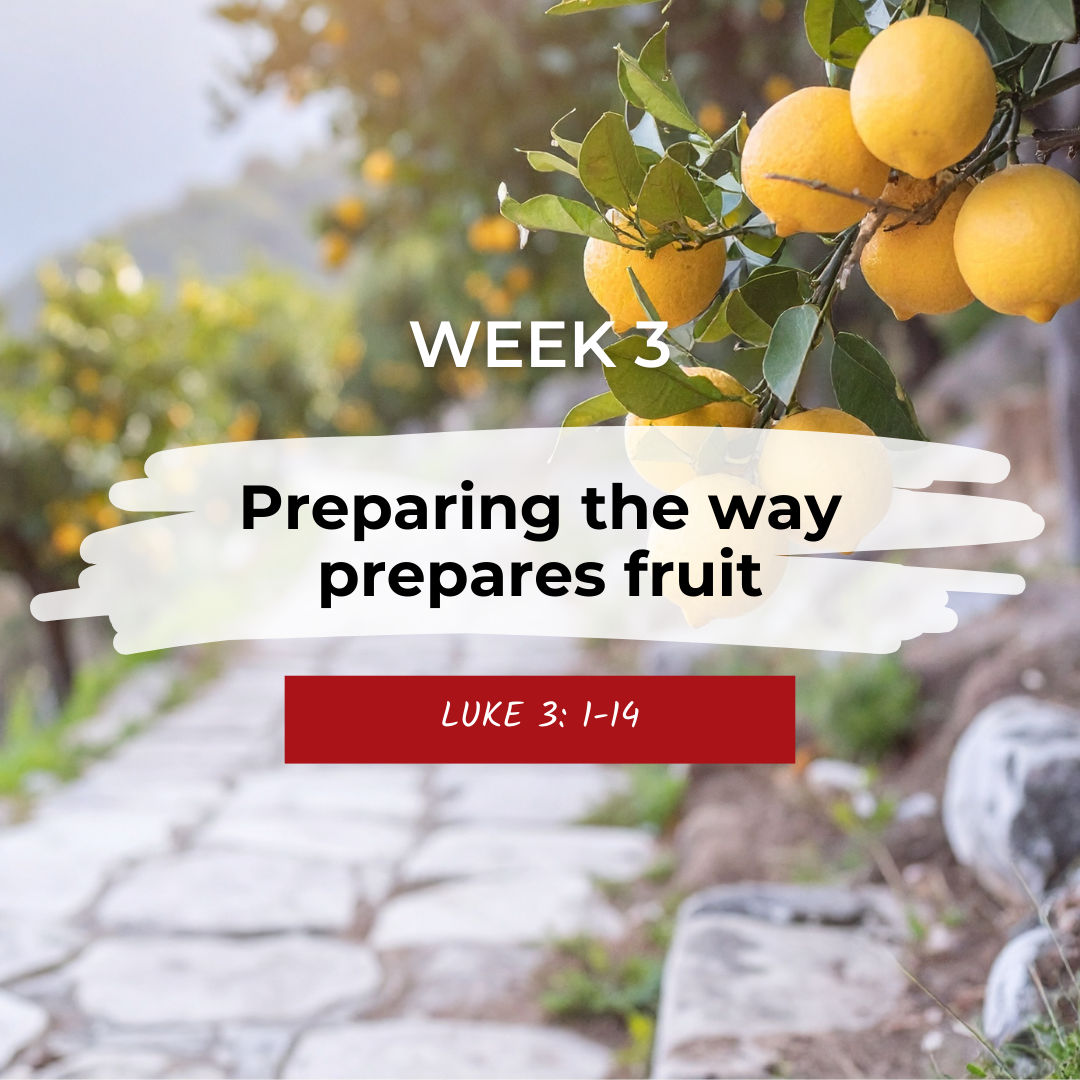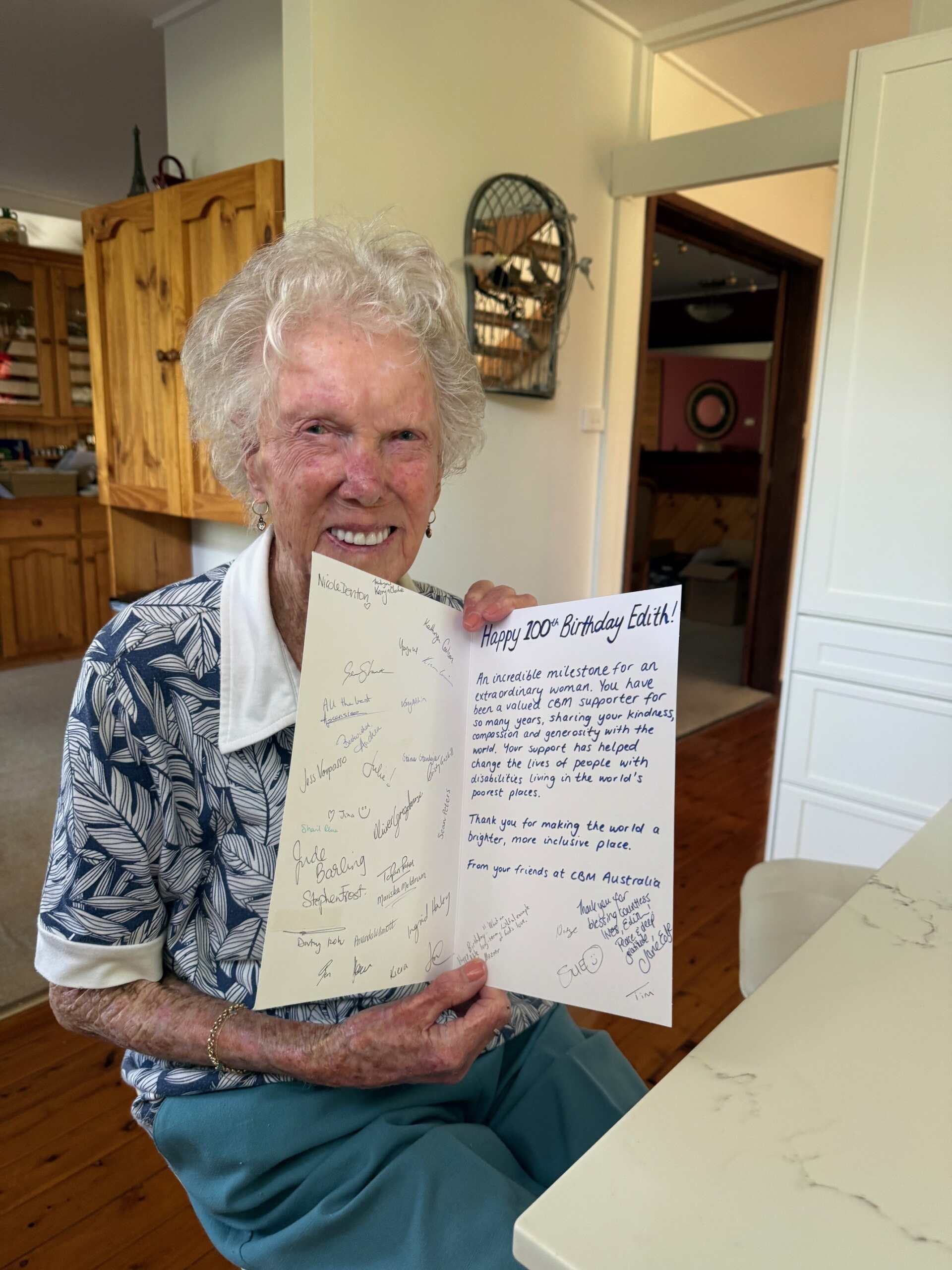The Sendai Framework mid-term review – how far have we come on disability inclusion?
Stories | May 15, 2023
This week, governments are attending a high-level United Nations meeting in New York as part of the mid-term review of the Sendai Framework for Disaster Risk Reduction 2015-2030.
The Sendai Framework is an agreed set of agendas and actions adopted to protect people from the impacts of disasters. It was developed in 2015 following the Third UN World Conference on Disaster Risk Reduction (WCDRR) and endorsed by the UN General Assembly.
This review is an opportunity to measure the progress made in the past eight years of Sendai Framework implementation. This is particularly important for disability inclusion, because people with disabilities are disproportionately affected by climate-induced geophysical and biological hazard-triggered disasters and conflicts.
The Sendai framework outlines four priorities;
- Understand disaster risk
- Strengthen national and local governments to manage disaster risk
- Strengthen the economic, social, health and cultural resilience of people, communities, and nations in concerning disaster risk
- Strengthen the capacity of communities and nations to prepare, respond to and recover from natural disasters.
CBM Global and partners will call on governments to prioritise people with disabilities during this review and ensure that they are not left behind as they aim to accelerate the implementation of the framework.
CBM Global commends the Sendai Framework’s recognition that the contributions of people with disabilities are essential to the strengthening of the resilience of communities. The Framework values inclusion as one of its guiding principles. It calls for a person-centred approach, which means listening to the individual needs and ideas of members of the community.
However, evidence shows that although some progress has been made, people with disabilities are frequently excluded from disaster preparedness planning, activities, and efforts to recover after disaster. Country-specific policies that address disaster risk, preparedness and response, rarely reference people with disabilities. When they are mentioned, they’re often referred to as vulnerable rather than contributing members of the community. There is still a lack of accessible information regarding oncoming disasters.
Recommendations made by CBM Global and the Thematic Group on Disaster Risk Reduction and Climate Action are:
1. Understand disaster risk
To understand disaster risk, comprehensive and disaggregated data needs to be collected, this means data that identifies a person’s gender, age and disability. For data to be truly informative, leadership and participation in its collection and analysis must be taken up by people with disabilities and their representative organisations.
Underrepresented groups of people with disabilities must be involved, including women, older persons, youth and children, Indigenous Peoples, Deaf people, people with cognitive disabilities, people with psychosocial disabilities, and people with Deaf blindness. Investigations must seek to capture the barriers and the disproportionate impacts of disasters faced by those with disabilities.
2. Strengthen national and local government to manage disaster risk
Governments must create accessible platforms and spaces for stakeholders to influence the entire process of disaster preparedness and prevention, planning, response, recovery, monitoring and evaluation.
Investments should be made in partnerships between Organisations of People with Disabilities (OPDs) and disaster risk reduction agencies, as well as strengthening OPDs’ capacity to input into disaster risk reduction initiatives, including identifying key barriers.
3. Strengthen the economic, social, health and cultural resilience of people, communities, and nations concerning disaster risk
It is vital to ensure people with disabilities have full access to the physical environment, transportation, information and communication, and services in advance of crisis, during emergencies, and in post-disaster reconstruction efforts. Allocating finance to disability-inclusive efforts to reduce the impact of disasters will strengthen the overall resilience of communities. This should include:
- Scaling up investments in disaster risk prevention and allocating appropriate financial resources for reasonable accommodation to enable participation of people with disabilities in DRR programs.
- Budgets for specific DRR programs addressing the needs of people with disabilities such as access to assistive technology and devices.
4. Strengthen the capacity of communities and nations to prepare, respond to and recover from natural disasters
Multi-hazard early warning systems and information regarding disaster must be accessible to all people with disabilities, including underrepresented groups. Accessible evacuation procedures need to be produced for every person with a disability in the community.
As the Sendai Framework is reviewed, there is need for sober reflection on progress made to ensuring the disability inclusiveness of all policies, procedures and actions. This will ensure progress is made towards the safety and resilience of communities.
https://www.cbm.org.au/stories/sendai-framework-mid-term-review-how-far-have-we-come-on-disability-inclusion
Related Stories

Advent 2025: Preparing the way produces fruit
John the Baptist called people to prepare for God’s presence through repentance and by producing fruit (acts of justice,...

From sports to advocacy – the journey of the Isiolo Umbrella Disability Group
The Promoting Inclusive Delivery of Eye Care (PRIDE) Project is a...

Edith turns 100 – A life of generosity and joy
On Saturday, 4 October, Edith’s family gathered to mark an incredible milestone in style. Surrounded by her children, grandchildren...
